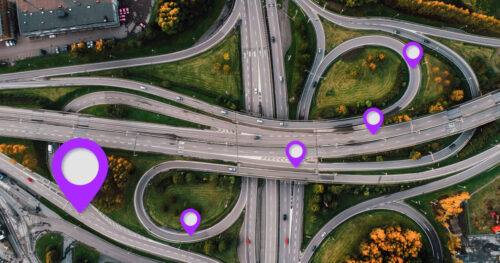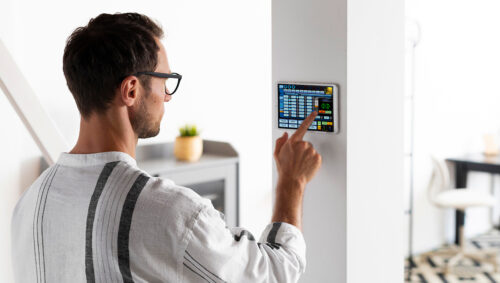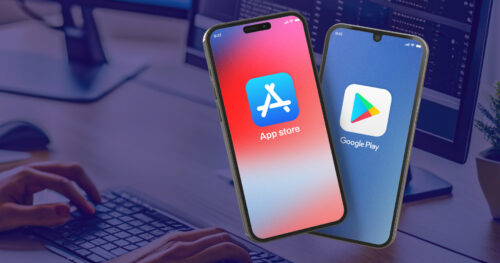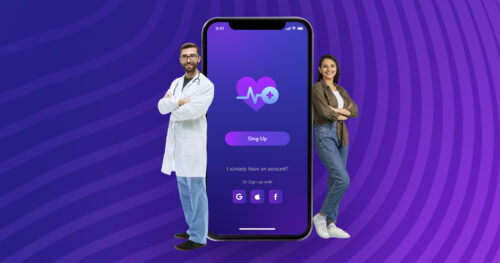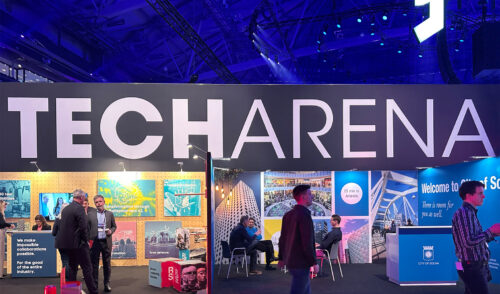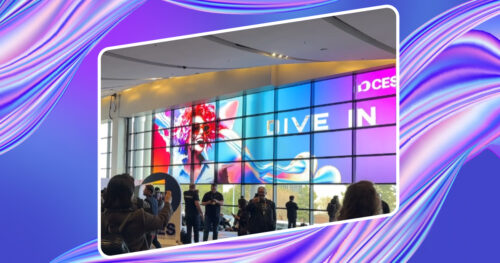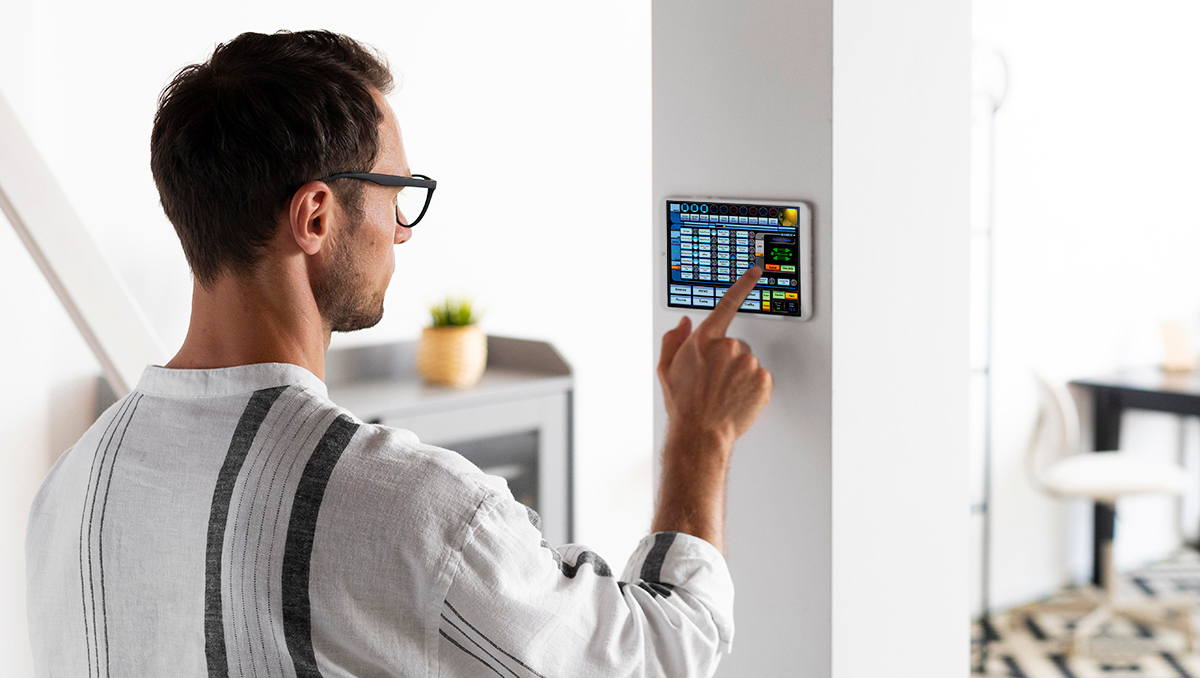Implementation of ONVIF module for network video recorder with additional value for business
The DigitalMara team solved a hard architectural task for the German company that provides services of surveillance on different objects. We rebuilt and launched a key component of the client’s system for video surveillance systems with the ONVIF protocol. In addition to solving the key problem, the DigitalMara team proposed and implemented an approach that now brings additional business value to the company and optimizes the work of their technical support.

About the client
Tech company from Germany
The company is a significant player in the field of the creation of architectural solutions for the installation of video cameras on building yards and other sites. Their technology allows them to orchestrate video data from many installed cameras, capture key events in the video stream, transmit it to administrators and other users, and create special events for them. The system operates in multi-streaming mode and each user can connect to certain cameras simultaneously, setting certain rules for them - for example, the passage of cars, the passage of a group of people, etc.
Challenge
Such a solution is difficult not only technically, but also must correspond to a strict rule of security and privacy that complies with an ONVIF (Open Network Video Interface Forum) standard. ONVIF is a worldwide open standard governing the interface of physical IP-based security products and establishes a common framework for enabling seamless communication among IP products in the realms of video surveillance and various other domains within the field of physical security.
Approach
Our client was looking for a software development vendor who has strong expertise with ONVIF standards and can help to build a connector for the hardware part that uses ONVIF protocol for data transmitting and interpretation from cameras and incorporate it into the X-protector system and then into the interface of client's own software. Additionally, the customer wanted to comply with the following ONVIF protocol profiles:
- Profile S is tailored for IP-based video systems.
Profile S-compliant device, such as an IP network camera or video encoder, possesses the capability to transmit video data across an IP network to a Profile S client. Meanwhile, a Profile S client, exemplified by video management software, is adept at configuring, requesting, and governing video streaming over an IP network from a Profile S device. Furthermore, Profile S encompasses ONVIF specifications pertaining to PTZ (Pan-Tilt-Zoom) control, audio input, multicasting, and relay outputs. These specifications are applicable to devices and clients that conform to Profile S and support these particular features.
- Profile T is specifically crafted for IP-based video systems.
Within Profile T, there is robust support for various video streaming features, encompassing the utilization of H.264 and H.265 encoding formats, extensive imaging settings, and the handling of critical alarm events such as motion detection and tampering detection. Devices conforming to Profile T are mandated to offer onscreen display and metadata streaming, while clients that adhere to this profile must provide PTZ (Pan-Tilt-Zoom) control. Additionally, Profile T encompasses ONVIF specifications concerning HTTPS streaming, PTZ configuration, configuration of motion regions, digital inputs, and relay outputs management, as well as bidirectional audio capabilities. These specifications apply to devices and clients that comply with Profile T and support these features.
- Profile G is tailored for IP-based video systems.
A Profile G device, such as an IP network camera or video encoder, possesses the capability to capture video data either over an IP network or directly onto the device itself. A Profile G client, exemplified by video management software, is proficient at configuring, requesting, and overseeing the recording of video data over an IP network from a device compliant with Profile G. Furthermore, Profile G encompasses support for receiving audio and metadata streams, provided that the client is equipped to handle these features.
Each of these profiles has extensive specifications, the requirements of which had to be taken into account during the development process.
All cameras are organized in the infrastructure by 4 devices that transmit the video to the Client’s NVR (Network Video Recorder) in RTSP protocol (Real Time Streaming Protocol). The NVR controls all IPC devices by ONVIF protocol. This protocol allows uses to highlight certain events in video streams and notify specified users about them. Such cascading systems can cause internal errors, so it was important for DigitalMara to develop the connector in such a way as to avoid any conflicts. The solution had to correspond to large ONVIF specifications, to have integration with video capturing (IPC) and with the client’sNVR module. As well the integration with XProtect module was needed. The customer had written specifications. However, given the complexity of the infrastructure and the use of different devices, unexpected difficulties could arise during the development process. It was also not entirely clear whether the created connector would work without specific errors on real objects. That’s why DigitalMara proposed and created semi-automated tests that cover all the systems. It helped to install benchmarks for development and ensure the correct work of the whole software.
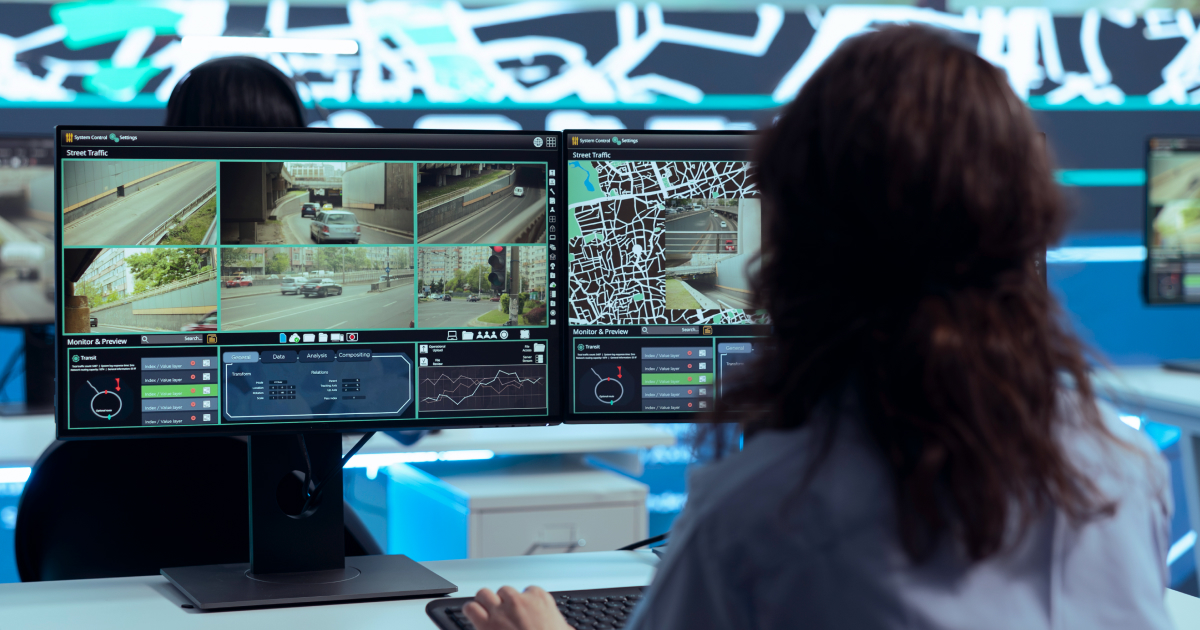
Results
DigitalMara team created a scalable ONVIF module that corresponds to all requirements of the client and has all necessary compliance. Additionally, we handed over the created system tests to the customer and shown how it can be implemented into the company’s technical support work. Now, when communicating with their own clients, if controversial issues arise in the operation of the system, technical support runs tests and promptly identifies emerging problems in the clients’ infrastructure, which has a positive effect on the efficiency of the company.
Get case study as PDF
Thank you
The PDF has been sent to you via email. If you have any questions, please don't hesitate to reach out to us.












